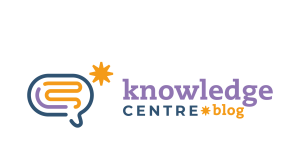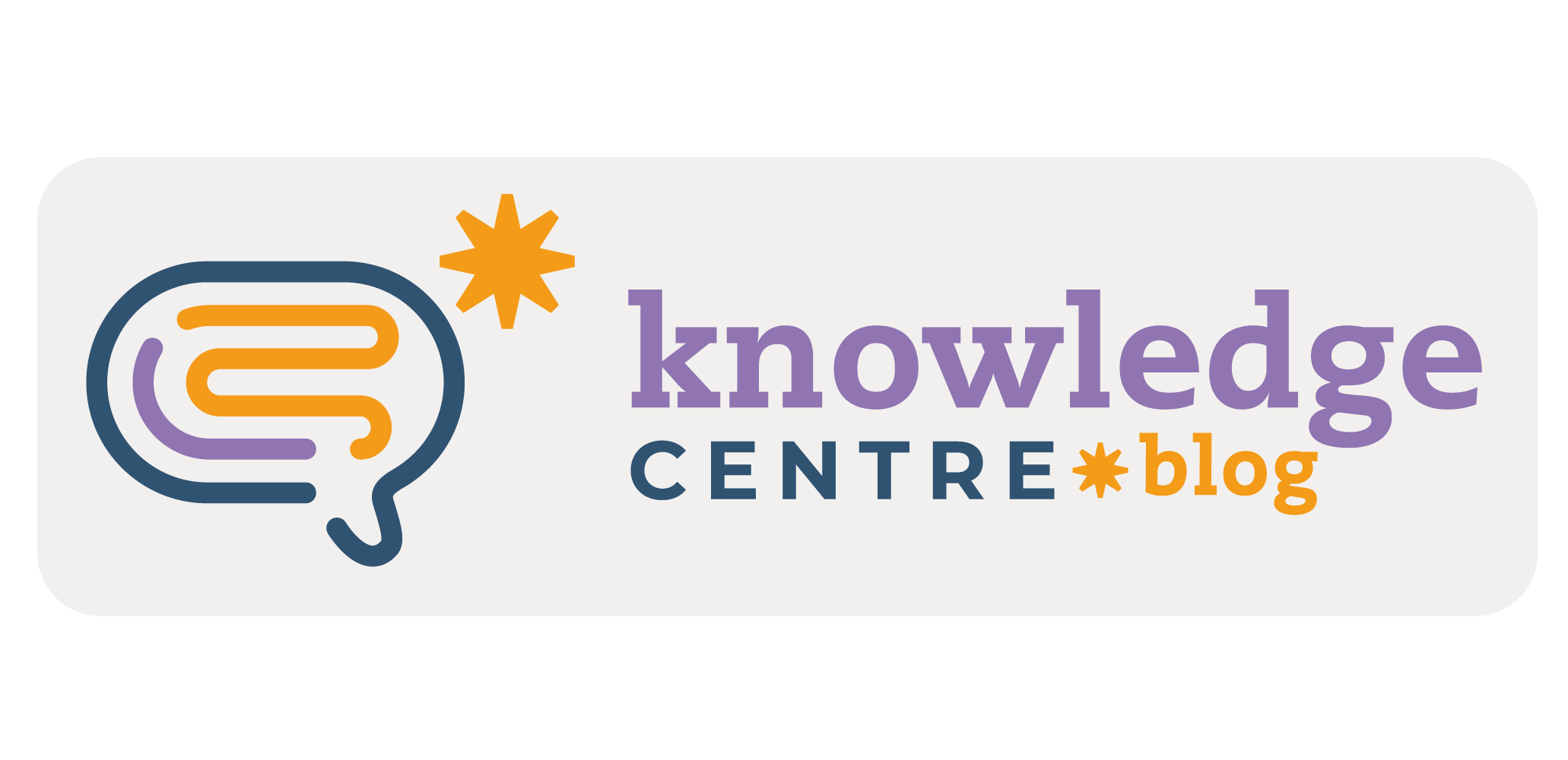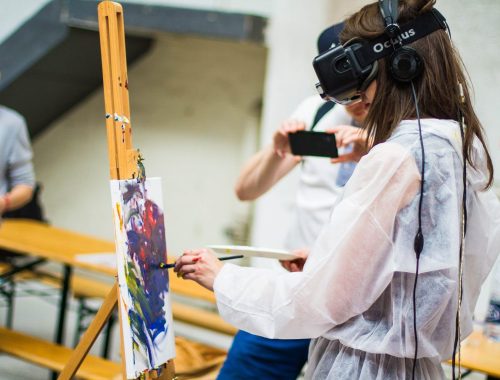Have you ever planned an amazing class only to see the delivery go not so well? Your students were not engaged, they seemed bored… I guess we have all been there at some point in our teaching careers.
Of course, many things could lead up to this. Maybe your students are tired, maybe they are sleepy, or just received bad news. Sometimes they are downright uninterested in what you are doing in class. And these can all come from a common source: They lack motivation.
But what is motivation?
Motivation does not come from anywhere, and it is often divided into two: intrinsic and extrinsic. Intrinsic motivation relates to things that come from inside the learner. Dörnyei (2001) gives as examples curiosity, challenge, personal relevance, the value of outcomes, goal setting, feeling of competence, self-worth, and confidence, among others. As examples of extrinsic motivation, the author mentions parents, teachers, peers, feedback, rewards, comfort, the learning environment, and the educational system, among others. Motivation can work as a moving force for learning – but it can also become a hindering force. If learners don’t have positive motivation, they cannot learn. For example, if we don’t offer a positive learning environment, our learners will not be interested in learning. If they cannot see the point of learning a language (value of outcome), they may get distracted by other things in class.
According to Keller (apud. Dörnyei & Ushioda, 2011), there are four main aspects to take into consideration:
1- Interest – related to intrinsic motivation, it brings the learner’s curiosity and desires to learn more. For that, we may use realia, offer real-life challenges, and work with things that are of their interest – such as using a cartoon your students like or a singer.
2- Relevance – related to how learners feel the content is “connected to important personal needs, values, or goals.” Getting to know our learners and preparing personalized content may help us make it relevant to them – which does not mean changing the subject of the class, but finding a way it is important for them.
3- Expectancy – related to how successful learners perceive they will be in the task at hand, how much effort they should put into it, and how much assistance they will get. Sharing the objectives of the unit or lesson, breaking down the task into chewable chunks, offering clear instructions, and offering help whenever necessary may help learners at this point.
4- Satisfaction– related to the outcome of the task, to the extrinsic and intrinsic rewards they will get from it. It’s important to always offer learners feedback on their job, finding positive aspects to praise them for, for example – be it with language (your accent is improving!) or content (I can see you understood this topic). That will increase their extrinsic motivation. With praise, they may also feel pride, for example, increasing their internal motivation. Be mindful, though, that students know exactly what they are being praised for, and make sure to give meaningful praise, pointing out the goods rather than just saying “Good job!”
There is not a single way to raise learners’ motivation. However, by keeping these four aspects in mind and adapting them to our reality in the classroom and with our learners we may find our strategies to increase it.
Learning about motivation can improve our teaching, as being able to plan tasks that motivate students will help us provide more interesting and meaningful lessons. Dörnyei has many texts and books which discuss the subject. If I may add another one to the already mentioned ones, Motivating Learners, Motivating Teachers (Cambridge University Press, 2014) is an excellent book that discusses how learners’ vision of their learning process makes their motivation higher. I highly recommend reading it – and make sure you share some of your ideas with your community, including us!
Resources:
Dörnyei, Zoltán. Motivational Strategies in the Language Classroom. Cambridge: Cambridge University Press, 2001.
Dörnyei, Zoltán; Ushioda, Ema. Teaching and Researching Motivation. Edinburgh: Pearson, 2011.

By Adriana Monteiro
Adriana has been working with education for over 13 years. She has a bachelor’s degree in Languages from Universidade de São Paulo and holds a CELTA and Train the Trainer certificates. She also really likes cats.








